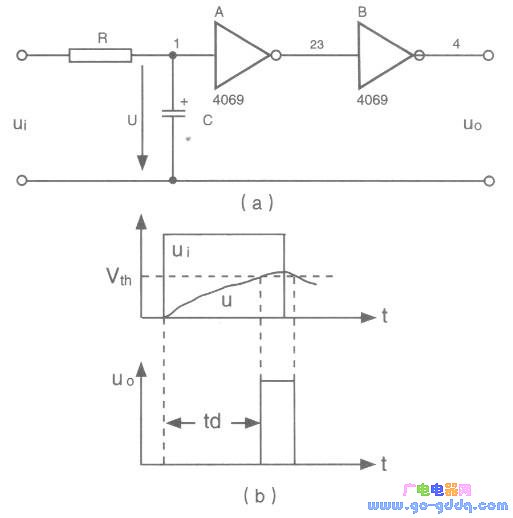Characteristics and applications of electrolytic capacitors
Electrolytic capacitors are among the most commonly used components in electronic circuits. However, they come with several important considerations that users should be aware of to ensure safe and effective operation:
1. Polarity Matters: Aluminum electrolytic capacitors have two aluminum foil electrodes, which are porous and filled with an electrolyte. These are wound together to increase capacitance. When a DC voltage is applied, the electrolyte reacts to form a thin layer of aluminum oxide on one of the foils, acting as the insulating dielectric. This layer has relatively poor insulation properties, leading to low insulation resistance (often in the range of tens of kiloohms) and significant leakage current. Because of this, electrolytic capacitors are polarized and have clearly marked positive and negative terminals. They should only be used in DC circuits or AC circuits where the voltage across them remains unidirectional. Using them in pure AC circuits can cause failure or even rupture.
If the polarity is reversed, the capacitor’s internal chemical reaction reverses, causing the dielectric to break down, increasing leakage current rapidly, and potentially causing overheating, bulging, or even explosion. In some cases, bipolar (non-polar) electrolytic capacitors are available, but it's not recommended to use two standard electrolytic capacitors in reverse series as a substitute. For AC applications requiring high capacitance, such as in UPS systems or washing machines, non-polar capacitors like oil-filled or polystyrene types are preferred.
2. Safety During Measurement: If a capacitor in a safety-critical circuit is fully charged, especially at high voltages, it must be discharged through a resistor before any measurement or replacement to prevent electric shock.
3. Leakage Current Considerations: In certain applications, the leakage current of electrolytic capacitors must be carefully considered. For example, in long-delay RC circuits using CMOS inverters, if the insulation resistance of the resistor and capacitor are comparable, the maximum charging voltage may drop below the inverter's switching threshold, preventing proper operation. Using tantalum or niobium capacitors with lower leakage current is a common solution.

4. Improving High-Frequency Performance: Due to their winding structure, electrolytic capacitors have limited high-frequency performance. To improve this, a small ceramic capacitor (such as a monolithic type) is often connected in parallel, typically ranging from 1000pF to 0.1μF, depending on the circuit frequency.
5. Reducing ESR: The Equivalent Series Resistance (ESR) of electrolytic capacitors significantly affects their performance, especially in power supply filtering. Capacitors with low ESR, such as tantalum capacitors, are preferred. Alternatively, connecting multiple aluminum electrolytic capacitors in parallel can also reduce overall ESR effectively.
6. Tantalum Electrolytic Capacitors: Tantalum capacitors are divided into solid and liquid types. Solid ones are made by forming a thin, rough tantalum oxide layer through chemical oxidation, followed by a manganese oxide electrolyte coating. Liquid types use a liquid electrolyte as the negative electrode. Tantalum capacitors offer high dielectric constants, stable performance, low leakage current, and long service life. However, their capacitance is generally limited to under 470µF, and they are more expensive. They are often used in precision applications like voltage references and measurement amplifiers.
7. Niobium Electrolytic Capacitors: Similar in function to tantalum capacitors, these are made from rare metal niobium and are used in similar applications where stability and low leakage are required.
8. Lifespan Considerations: Standard aluminum electrolytic capacitors typically have a lifespan of around 2,000 hours. Military-grade capacitors can last up to 5,000 hours. In civilian applications requiring longer life, such as in household meters, a "redundant backup" approach—using multiple capacitors in parallel—is often employed.
98inch Multimedia All-in-One PC
Interactive touch panel,Interactive whiteboard for meeting room,Interactive intelligent panel
Jiangsu Qilong Electronic Technology Co., Ltd. , https://www.qilongtouch.com